Politics and Government: Immigration
Sports in the United States
Jewish Gender Stereotypes in the United States
Stereotypes of Jews have existed from their arrival in the New World to the present. Jews were portrayed as greedy, unscrupulous, and unrefined. However, Jews also created stereotypes about one another based on class, gender, and religion. Specifically, the Ghetto Girl, Jewish Mother, JAP, and others reflected tensions between genders about the place of Jews in the economy and culture.
Elizabeth Stern
Eva Michaelis Stern
Eva Michaelis Stern was co-founder and director of the fundraising arm of the Youth Aliyah in Germany, and later the director of the Youth Aliyah office in London. Over the course of WWII, she helped more than 1000 children from countries all over Europe immigrate to Palestine.
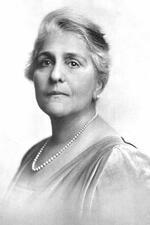
Sarah Lavanburg Straus
With the support of philanthropist Baroness Clara de Hirsch, Sarah Lavanburg Straus helped to establish two homes for immigrant girls in New York City early in the twentieth century.
Manya Gordon Strunsky
Manya Gordon Strunsky was a socialist activist and a respected writer on political and social issues. Strunsky was also instrumental in bringing Jewish immigrants from czarist Russia to America and helping them to become settled.
Suburbanization in the United States
Jews migrated in large numbers to newly constructed suburbs after World War II and the end of restrictive covenants that had excluded them. During the day, suburbs were largely female spaces where married Jewish women cared for their children and private homes, while volunteering for Jewish and civic activities. Jewish daughters raised in suburbs enjoyed middle-class comforts but also experienced pressures to conform to American gentile ideals of beauty.
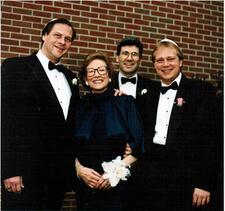
Marillyn Tallman
Hannah Thon
Hannah (Helena) Thon was a social worker, journalist and editor, a student of Israel’s ethnic communities, and one of the leading figures in the women’s voluntary social-welfare organizations during the Yishuv (pre-State) period in Israel.
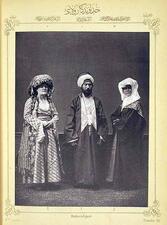
Turkey: Ottoman and Post Ottoman
The Jewish population of Turkey navigated far-reaching changes in the political, social, and geopolitical spheres in the late nineteenth and the early twentieth centuries, as the Ottoman Empire pursued reform and collapsed and the Turkish Republic that took its place imposed a process of “Turkification” on its residents. During this period, Jewish women partook in traditional customs relating to religion, family, and the home, while also accessing new opportunities in the public sphere through education and political engagement.
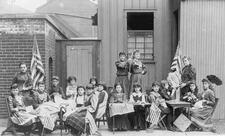
Vocational Training Schools in the United States

Lillian D. Wald
Guided by her vision of a unified humanity, Lillian D. Wald passionately dedicated herself to bettering the lives and working conditions of immigrants, women, and children. She founded the Henry Street Settlement in New York City and initiated America’s first public-school nursing program. A talented activist and administrator, Wald’s pathbreaking work continues to be memorialized.
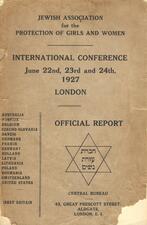
Jewish Association for the Protection of Girls and Women.
International Conference, June 22nd, 23rd, and 24th, 1927. London.
Official Report. Central Bureau. 45, Great Prescott Street, Aldgate, London, E.1.
Australia, Austria, Belgium, Czecho-Slovakia, Danzig, Denmark, France, Germany, Holland, Latvia, Lithuania, Poland, Roumania, Switzerland, United States, Great Britain.
White Slavery
“White slavery traffic” was an expansion of the prostitution that spread throughout the world in the first years of the twentieth century, following the massive emigration to the New World and resulting from the growing poverty and misery of European women in the age of industrialization. Jewish women were particularly vulnerable in a hostile environment, and Jewish women's organizations played an active role in the international struggle against this plague.

Yemen and the Yishuv
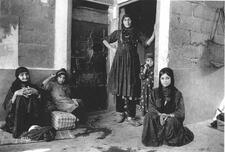
Yemenite Women in Israel: 1948 to 2005
The transition of Yemenite women from a traditional religious society to a western-secular society upon immigration to Israel was marked by a certain ambivalence. Their status and gender roles changed, and they became integrated both economically and socially into Israeli society. However, the new values underwent a certain degree of filtration as Yemenite women accepted some elements while rejecting others.
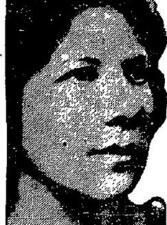
Anzia Yezierska
Essayist, novelist, writer, and literary critic Anzia Yezierska turned the frustrations and indignities she suffered in New York’s tenements into novels and short stories that depicted the strenuous working lives of Jewish immigrants. Her novels, short stories, and autobiographical writing vividly depict both the literal hunger of poverty and the metaphoric hunger for security, education, companionship, home, and meaning that Jewish immigrants sought in America at the turn of the century.


